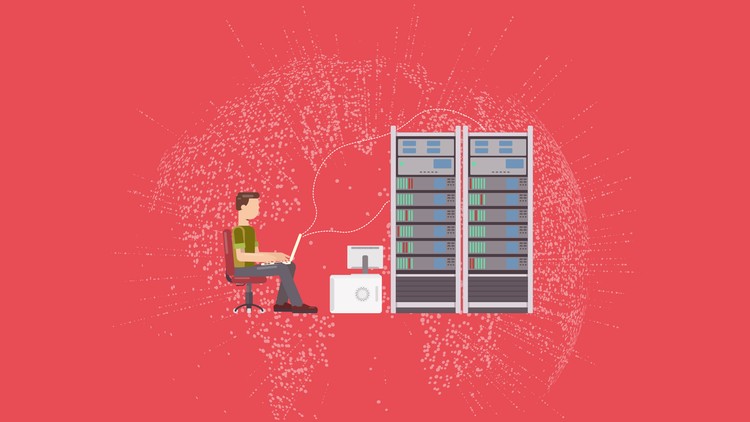This is a rhetorical question because you definitely use databases (DB) in your work somehow. Databases are very convenient for storing and structuring data. The most known information about databases is something about relational DBs where data stored as tables and can be used by request. Database-as-a-service (DBaaS) is a slightly different term. In simple words, it means storing and managing structured data in the cloud. Usually, modern databases have cloud analogs, which makes cloud migration much simpler. But do you really need DB in the cloud? Let’s get to the bottom of this.
The common reason to use cloud database services is unnecessary to install DB software to your local hardware. You can have access to the data in the database from any point and any hardware. Also, DB in the cloud is much safer than on-prem DB.
Benefits of Database-as-a-Service
Of course, this is the first thing that worries the business owner, so let’s discuss what you can get.

- Security. In the cloud data is safer than in on-prem hardware. Cloud provider maintains all the hardware issues and you just use what you need and when you need. You might say, it is safer to store DB on the local server in your office, but this is very expensive and isn’t an optimal way.
- Fast data processing. Cloud infrastructure allows you to use more capacity while on-prem server capacity is limited. Thus, if you need to process some “heavy” request, the cloud allows do it without any problems. Also, using more capacity you can optimize the process of development and testing.
- Scalability. This benefit is also based on access to the capacity in the cloud. If you need more resources, you use more. Also, if you need fewer resources you might use fewer and pay only for used resources. This is very similar to public utilities. Such an approach is called Pay-As-You-Go (PAYG) model. Unlike the ordinary approach with on-prem equipment, PAYG will give you great cost-efficiency without overpayments.
As you can see, a database managed services can bring you lots of benefits and make your processes more efficient.
How to implement DBaaS?
There are database services managed providers or Managed Service Providers (MSP). Such companies provide DBaaS implementation and configuration. You can order DBaaS directly from cloud provider but usually, it needs additional configuration and customization. Thus, referring to the MSP is a better way.
How does implementation of the cloud database go?
Cloud migration might be very different, so we’ll list the common steps of this process.

- Assessment of the current system, database and workflows.
- Identifying and removing bottlenecks.
- Designing of the backup strategy.
- Creating a migration strategy and making basic cloud infrastructure.
- Forming the strategy of database migration and milestones.
- Performing pilot database instance migration and configuration of the workflow based on the feedback.
- Process of the full-scale database migration to the new infrastructure.
- Configuration of the remote database monitoring and customization tools.
- Current maintenance and technical support.
Listed steps can be different depending on the project because all the work is based on the initial database and infrastructure.
Final thoughts: simple and efficient DBaaS implementation

As you can see, DB in the cloud is quite an efficient solution. The simplest way to implement DB is by referring to the database services company or MSP. Such companies have a wide experience and know the best practices of implementation and migration. Also, this is a very fast way of implementation DBaaS because MSPs might have turnkey solutions and you don’t need to look for the best way of implementation.
Thus said, all you need is to find a reliable Managed Service Provider with appropriate experience in the field you need. To accomplish it, you should look to the worldwide ratings and read reviews about companies. Also, you might ask questions directly to the MSP. This will help to understand if this company provides what you need or not.
As a result, you’ll get a good partner and efficient database migration.


